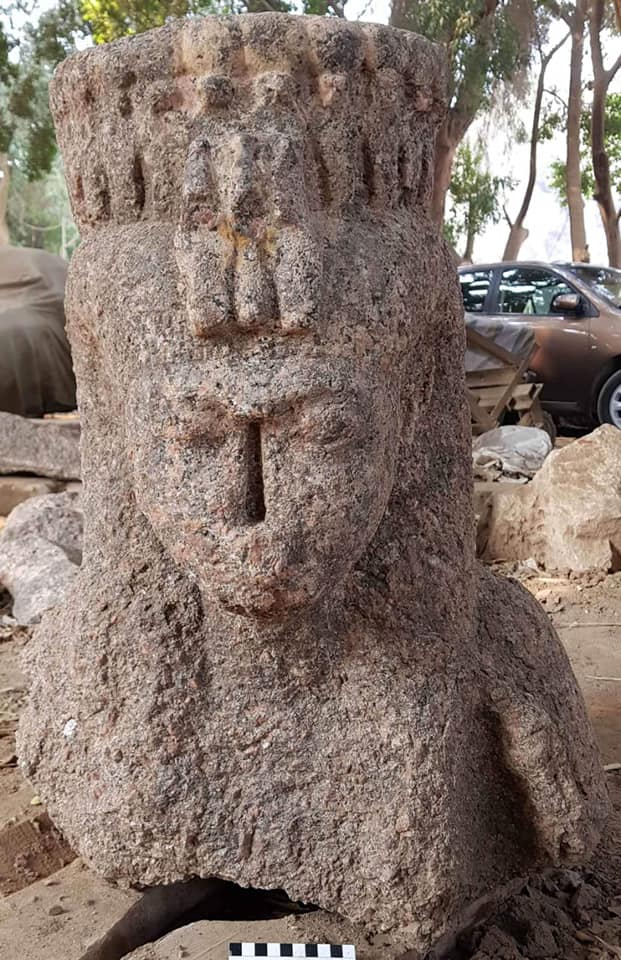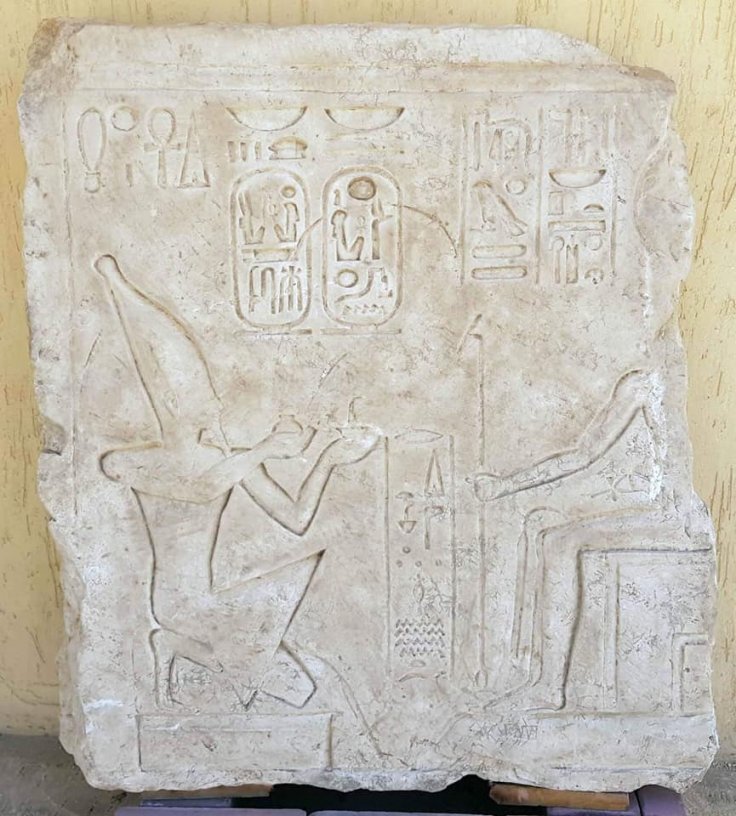The land of pharaohs has so many mysteries that are yet to be solved which includes the lost labyrinth of Egypt, the unknown queen Khentakawess III and the mysterious death of King Tut. Recently, archaeologists have discovered several ancient Egyptian relics as well as treasures and artefacts in Cairo, most specifically at the Heliopolis temple, the site of an ancient sun cult.
The Egyptian Ministry of Antiquities announced that in a joint excavation venture, known as the Heliopolis Project, excavators have uncovered Egyptian relics as well as treasures, which includes remains of royal statues, a block depicting King Ramesses II, who was crowned the pharaoh of Egypt in 1279 BC and a section of a wall made of mud bricks.

The archaeological findings
As per the archaeologists, the newly found artefacts mostly hail from the New Kingdom, from 1570 BC to 1070 BC and the Hellenistic era which is usually believed to begin in 323 BC with Alexander's death and ends in 31 BC with the conquest of the last Hellenistic kingdom by Rome, the Lagid kingdom of Egypt.
The block depicting Pharaoh Ramesses II indicates that the king was a form of the Egyptian god Ra-Horakhty, which combines the sun god Ra with the sky god Horus. The archaeology team has also found a section from the base of a brown quartz state of King Seti II, who was the fifth ruler of the Nineteenth dynasty of Egypt.
Archaeologists found a fragment which is believed to portray goddess Isis
The team of archaeologists have also found a fragment from a red granite statue, which is believed to portray the goddess Isis or Hathor, or an ancient Egyptian queen. They found several pieces of ancient pottery and a mud wall, which offered a glimpse into ancient Egyptian life. As per the archaeologists said they discovered a number of moulds which would have been used for the production of amulets that were carried in necklaces, rings and bracelets.
These amulets were used in Egyptian society for a number of ways but most specifically these were placed among a mummy's bandages to ensure the deceased had a safe and healthy afterlife.
A second layer found on the mud wall that pre-dated the unification of Upper and Lower Egypt, which came about around 2686 BC. Mentioned by the archaeologists, this layer also revealed several stone tools and traps used by ancient Egyptians.

Heliopolis Project
The project which includes the Heliopolis is believed to be one of the oldest cities in ancient Egypt and the site was located in the centre of the ancient empire's mysterious sun cult, which was a core feature of early Egyptian religion for more than 3000 years. However, it should be noted that there are many believers who claimed that Heliopolis is the site of the world's creation.









